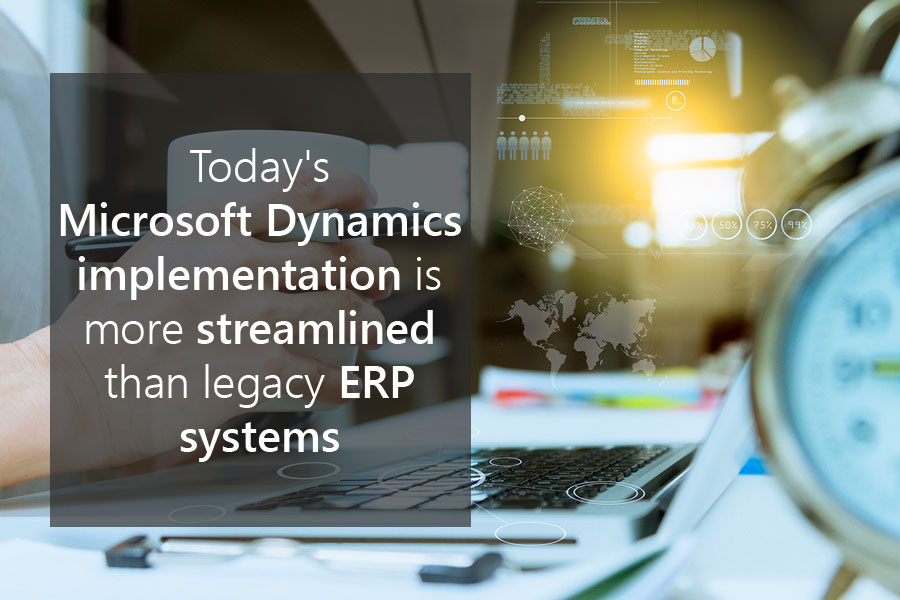
It may have been a hard lesson for enterprise-type companies to learn, but “flexibility” was not part of their earlier, legacy ERP systems. In some cases, it might have taken years not only for the implementation, but also to realize any benefit from their on-premise ERP software.
Legacy ERP: Over-customization led to failures
In many cases, as a Search CIO overview notes, the legacy systems were not only over customized, but were no longer supporting the business’s needs. Unlike a Microsoft Dynamics implementation with its offering of SaaS ERP software in the Azure cloud.
In fact, just two years ago, Gartner Research predicted the demise of the “highly customized ERP systems” in light of the move to all things cloud-related, such as SaaS platforms.
Gartner: Migration to cloud on the increase
If you are an SMB owner of a service-oriented company, Gartner predicts that by 2018 around 30% of such companies will have migrated vast amount of their ERP-related programs to the cloud.
“Early ERP adopters, particularly large enterprises in energy, manufacturing and distribution industries, are paying the penalty of a decade or more of excessive customization. Businesses looking to improve administration today can take advantage of lower costs, better functional fit and process flexibility offered by blending cloud applications with on-premises applications in what we now refer to as ‘postmodern ERP.”
For a successful Microsoft Dynamics implementation, you should plan properly. Make sure your partner is following a methodology to ensure a successful implementation that is on time and on budget. Microsoft Dynamics implementations are at the cutting edge of the cloud ERP trend, so if your company is ready to find new ways of streamlining and automating business and workflow processes, contact us. Our experienced team can lead you through the pre-sale, install and deployment of your Dynamics ERP software. We can help with Microsoft dyanmics Nav training, ERP implementation and much more.




